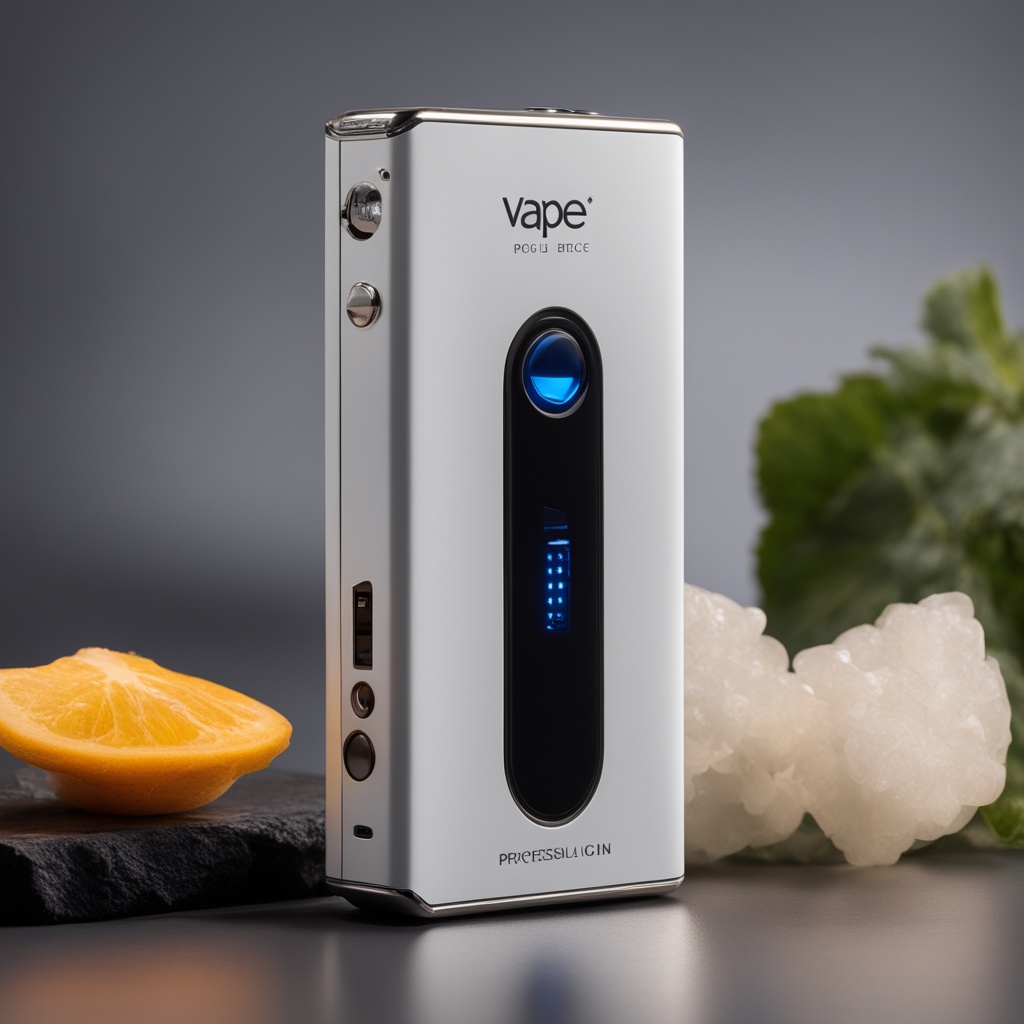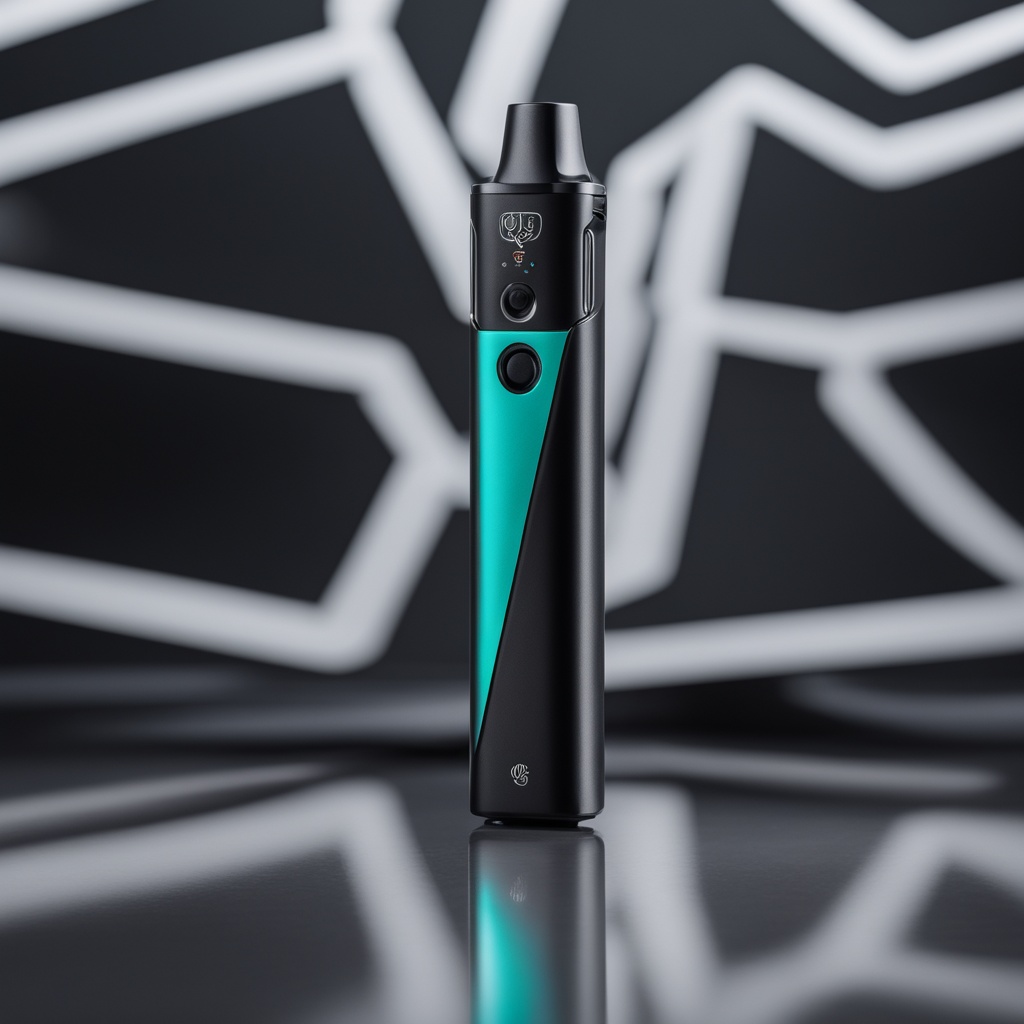Where to Buy Disposable Vapes in Brisbane: Your Ultimate Guide
Where to Buy Disposable Vapes in Brisbane: Your Ultimate Guide
Welcome to our comprehensive guide on where to buy disposable vapes in Brisbane. If you’re new to vaping or simply looking for reliable options, this article will help you navigate the best places to purchase disposable e-cigarettes in the city.
What Are Disposable Vapes?
Disposable vapes, also known as single-use e-cigarettes, are portable devices designed for convenience. They come pre-filled with e-liquid and are meant to be used until the battery runs out or the liquid is depleted. Unlike reusable vapes, disposable versions eliminate the need for refilling or recharging, making them an ideal choice for on-the-go users.
These devices have gained popularity in recent years due to their ease of use and variety of flavors. However, it’s important to note that disposable vapes contain nicotine, which can be addictive. Always use them responsibly and consult a healthcare professional if you’re concerned about your usage.
Where to Buy Disposable Vapes in Brisbane?
If you’re wondering where to buy disposable vapes in Brisbane, there are several options available to you. From online stores to physical retailers, here’s a breakdown of the best places to find these devices:
- Online Retailers: Many online shops offer a wide range of disposable vapes at competitive prices. These platforms often provide convenience and variety, allowing you to choose from different brands and flavors.
- Physical Vape Shops: Local vape stores in Brisbane are another great option. They usually carry a selection of disposable vapes and can offer advice on choosing the right product for your needs.
- Convenience Stores: Some convenience stores in Brisbane now stock disposable vapes alongside other tobacco products. This makes them a convenient option for last-minute purchases.
- Tobacconists: Specialty tobacco shops often carry a variety of vaping products, including disposable devices. These stores can be a good source for finding niche or premium brands.
If you’re unsure where to start, consider visiting a local vape shop. They can provide personalized recommendations and help you find the perfect disposable vape for your preferences.
Things to Consider When Purchasing Disposable Vapes
Before making a purchase, there are several factors to keep in mind:
- Battery Life: Check the battery life of the device to ensure it meets your usage needs. Some disposable vapes have longer battery life than others.
- Flavor Variety: Disposable vapes come in a wide range of flavors, from fruity to menthol. Choose one that suits your taste preferences.
- Nicotine Strength: Be mindful of the nicotine content. Higher nicotine levels can be more addictive, so choose wisely based on your tolerance.
- Safety Standards: Ensure the product meets safety standards and is manufactured by a reputable brand.
- Environmental Impact: Disposable vapes are single-use devices, so consider their environmental impact. Look for brands that prioritize sustainability.
By considering these factors, you can make an informed decision when purchasing disposable vapes in Brisbane.
Frequently Asked Questions About Disposable Vapes in Brisbane
Here are some common questions people ask about disposable vapes:
- Where can I buy disposable vapes in Brisbane? You can find them at online stores, physical vape shops, convenience stores, and tobacconists.
- Are disposable vapes legal in Brisbane? Yes, but they are subject to regulations similar to other tobacco products. Always check local laws and guidelines.
- How long does a disposable vape last? The lifespan depends on usage frequency, but most devices last for several days with regular use.
- Can I buy disposable vapes without nicotine? Yes, some brands offer nicotine-free options. Check the product description before purchasing.
If you have more questions or need further assistance, don’t hesitate to reach out to local vape shops for guidance.
Conclusion
In conclusion, there are plenty of places where you can buy disposable vapes in Brisbane. Whether you prefer the convenience of online shopping or the personalized service of a local store, there’s an option that suits your needs. Always prioritize safety, sustainability, and responsible usage when making your purchase.
If you’re ready to explore your options, check out our list of recommended stores where you can find high-quality disposable vapes in Brisbane. Happy vaping!











